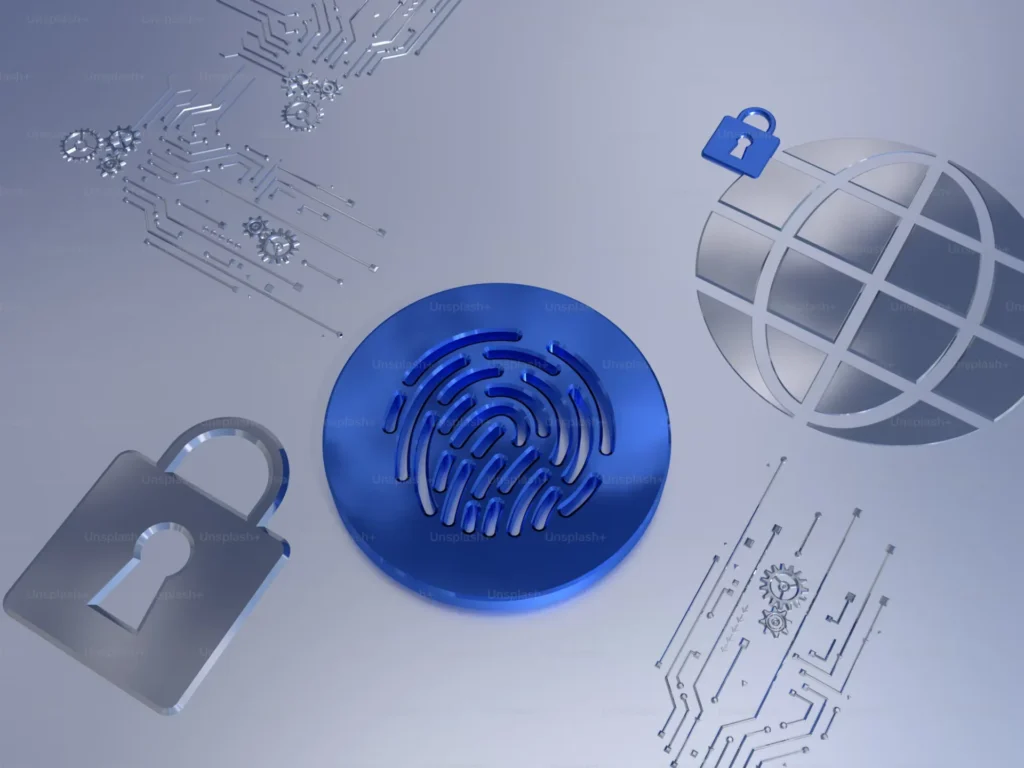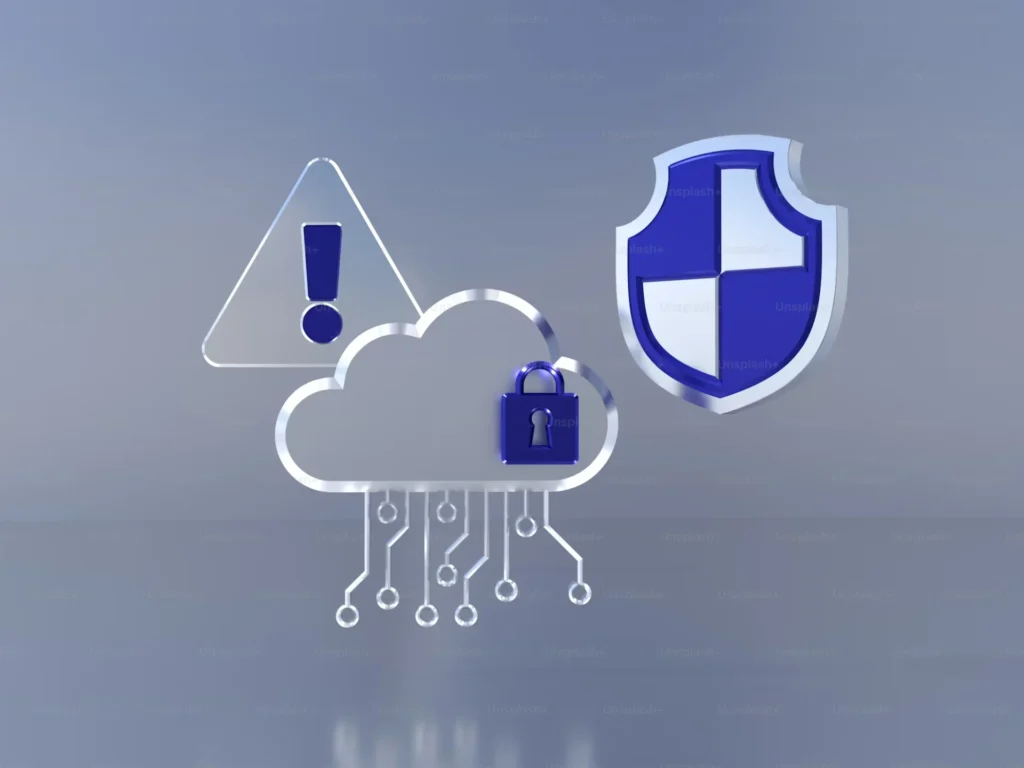Disclaimer: The information in this article is for general informational purposes only and should not be considered professional advice. Always consult with experts for specific guidance on healthcare security and compliance.
Given the rise of cyber threats and the change in physical security threats during an uncertain time for healthcare, we have reached a critical point. The number of healthcare data breaches in 2024 was reported to be over 45 million, which is approximately a 60% increase from previous years. This overall increase in a multitude of threats necessitates that approaches to medical security become more innovative and more resilient. The healthcare market is quickly advancing, shifting from “next generation” surveillance systems to biometric authentication and cloud-based infrastructures to help protect sensitive patient data and to assure clinical environments remain safe.
The Expanding Role of Surveillance in Healthcare
Surveillance systems have changed from being limited to watching hallways and entrances. Today, healthcare security systems are using AI to conduct real-time surveillance with tread detection, facial recognition, and behavioral analysis. These systems are much more than video feeds – they are sure proactive defenses that can notify staff if someone is in an unauthorized area or if there are unusual behavior patterns.
High-resolution cameras and AI-based analytics allow hospitals and clinics to detect potential threats before any situation develops. Along with surveillance technology, video surveillance systems are now integrated with access control to make sure that only authorized personnel are permitted in restricted areas, such as operating rooms, data centers, and pharmaceutical storage. This layered approach to security will enhance your operations while adhering to security compliance regulations such as HIPAA and HITECH.
Biometric Authentication: Redefining Access Control
Conventional authentication models based on passwords are being phased out in favor of more accurate and dependable biometric-based systems. Advanced medical safety systems use biometric authentication techniques, such as fingerprint scanning, facial recognition, or iris scanning, as their primary method of authentication, when appropriate.

The advantages are clear: biometrics reduce the risks associated with lost ID cards or stolen credentials, while biometric systems offer speed and security where time is of the essence and safety is paramount—such as the emergency department, or intensive care unit, where access to biometric systems is significantly quicker. There is almost even less likelihood of having biometric technology duplicated (and they will provide greater security) than worrying about an unauthorized person accessing your login. While healthcare organizations try to implement electronic health records (EHRs) or mobile health applications, the risk of trying to protect your login credentials with biometric protection will increase.
The Transition Toward Cloud-Based Security Infrastructure
A significant trend of relevance to healthcare safety systems is the transition to cloud environments. Security in the cloud has great scalability benefits, so hospitals and health systems can manage large data workloads without a large and cumbersome on-premise server. But, most importantly, cloud-based environments will often have enhanced encryption functionalities, access to ongoing monitoring and automated threat detection, among other features.

Hosting data and surveillance systems on a secure cloud platform provides healthcare providers with the ability to collaborate more effectively across departments and facilities. In addition, cloud-based access allows for more rapid responses to emergencies or breaches since updates and alerts can happen in real-time. Finally, remote access capabilities enable healthcare administrators and IT teams to monitor their security metrics even when remote, which is especially important in managing multi-location operations.
Smart Technologies and the Internet of Medical Things (IoMT)
The advancement of IoMT has made the topic of healthcare safety even more complex. Connected medical devices, such as an insulin pump or an innovative diagnostic, transmit data over a wireless connection. While this straightforward transfer of information may also contribute to improvements in patient care and monitoring, it can also ease an attacker’s opportunity to navigate the network.
Healthcare safety systems are being developed to address these issues by introducing next-generation firewalls, endpoint security, and network segmentation capabilities to isolate devices further and impede the propagation of malware or data theft. Meanwhile, AI-enabled monitoring tools will be rolled out to monitor data flow for potential breaches when the flow is more unique. With the Internet of Medical Things on the rise, patient care organizations will begin focusing on securing the connected ecosystems.
AI and Machine Learning: Predictive Security for Healthcare
AI and machine learning are transforming security in health care, as they permit predictive analysis and real-time decision-making. AI-enabled systems can analyze usage patterns and network behavior to identify risks, meaning that security does not need to react after the fact. For example, if a user tries to access patient records after hours or from an unusual IP address, the AI system should flag or manage access to critical documents.
These intelligent systems lessen pressure on human IT teams and assist in identifying and responding to threats more quickly. Because machine learning gets smarter with time, it also learns to differentiate between the modes of different types of attacks beyond expected user behaviors. This ability to adapt the security posture of an organization is especially beneficial within the healthcare sector, where there are fast-changing threats and downtime can severely impact patient care.
Compliance and Regulatory Alignment
With the advancements in technology come advancements in the regulation of healthcare safety. New rules regarding data privacy, patient consents, and reporting breaches have made organizations more aware of their compliance with these rules. Newer Healthcare safety frameworks will be built that monitor compliance, and everything is logged, encrypted, and auditable.
The significance of tools generating compliance reports and audit trails in real time must not be underestimated. The tools will facilitate internal risk management and prepare an organization for external audits and regulatory scrutiny. Security vendors are beginning to offer compliance capabilities “out of the box” to begin implementation quickly and reduce the opportunities for violations.
Integrated Security Ecosystems: The Way Forward
Clinical security systems will operate on new models of integration. There can no longer be the thinking that physical security and cyber security can be thought of in isolation. The best medical safety systems will meld surveillance, biometrics, cloud infrastructure, and threat intelligence into a single platform. This facilitates an integrated flow of information, threat identification, and coordinated response to security incidents.
Integrated systems also provide the ability to automate processes, and with healthcare facilities facing labor shortages and limited stakeholders, automation is more critical than ever before. Automation minimizes the need for human cognitive resources around mundane automation tasks. Examples include deactivation of badges, behavior detection, and access logging, and none of these require any cognitive resources from a human.
Final Thoughts
As we progress toward 2025 and beyond, healthcare organizations need to modernize the way we deliver security. As the convergence of physical and digital security threats continues to morph, Clinical security systems will need to be more intelligent, integrated, and proactive. Systems that address the advancements of Clinical security, such as biometric authentication, cloud-based systems, AI analytics, and more intelligent surveillance, will not only protect in the future but will be able to predict and prevent. Organizations that invest in the advancements of security now will have a more straightforward path to patient safety, regulatory compliance, and operational resiliency.











